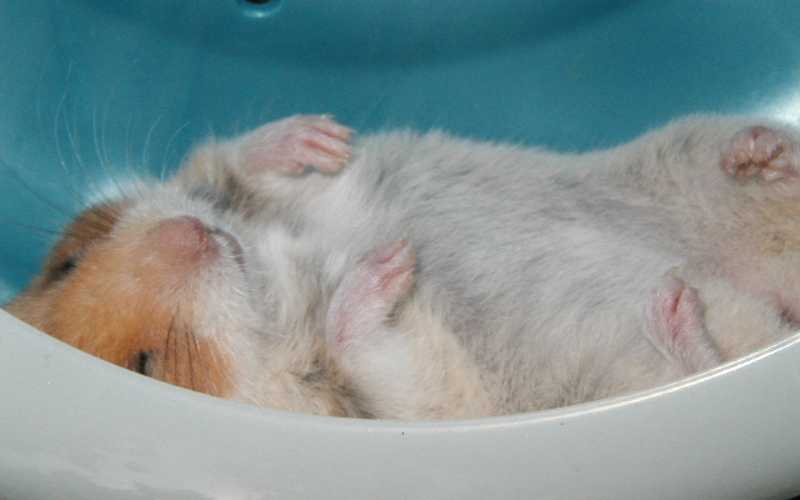Dwarf hamsters enjoy basking in the sun and running around the playground. They are playful and adventurous, and they are always up for an adventure. Dwarf hamsters are not usually known to hibernate. However, when winter arrives, many of these adorable creatures become lethargic. This may be their natural method of hibernation. Although hibernation is not common in dwarf hamsters, it is important to recognise that they can, and know how to recognise the signs of hibernation just incase.
Why do dwarf hamsters hibernate?
Their small bodies are not fully equipped to handle extremely cold temperatures so they have to be adapt by slowing down their body processes. When the temperature drops below -20 degrees Celsius, the lymphocytes (a type of white blood cell) go dormant while the production of growth hormone stops. Therefore, the hamster’s coat can transform into a sleeker form as they prepare to slip into hibernation mode.
How can I tell if my hamster is hibernating?
Hamsters go into hibernation when they are chilling for long periods of time without waking up or eating anything for at least three weeks. When they are hibernating, their heart rate slows down and breathing is decreased. Most of the metabolic processes of their brain are paused as well. Some of their organs shut down so they don’t consume a large amount of energy while hibernating. When they are hibernating, the hamster becomes lethargic and sleepier than usual. It will look like he is taking short, uneven breaths and is limp when you pick him up.
Additionally, their fur may become much finer and fluffier. Their skin even looks translucent as some of their body fluids get trapped in the layers of their undercoats! Letting the hamster out of their cage before three full weeks of hibernation will break the cycle and they will wake up and continue the normal cycle of sleeping and eating while in the wild.
If you enjoyed this article you might also like to read about Do Syrian Hamsters hibernate and Hamster Hibernation


